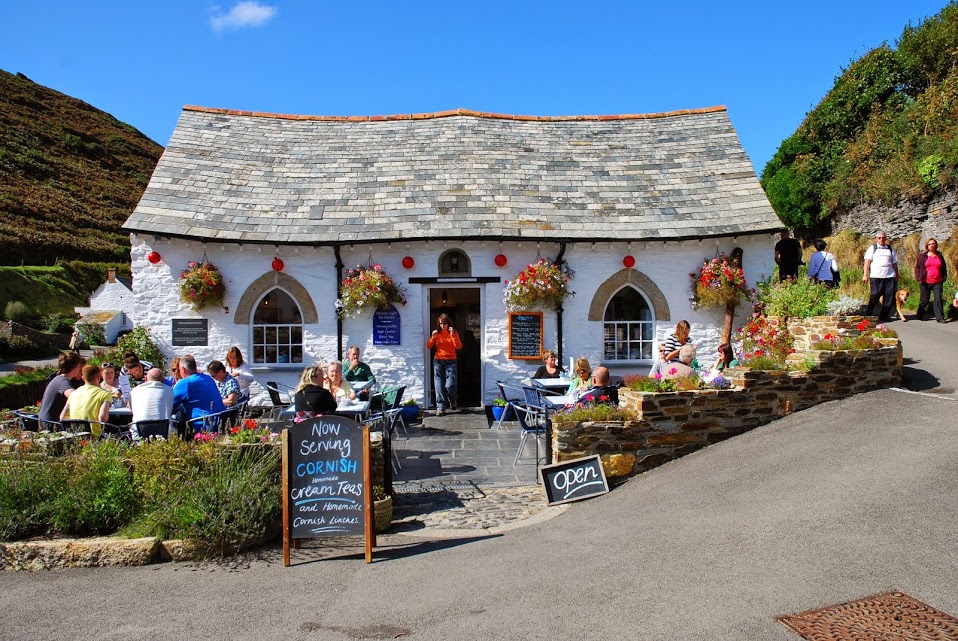From the Flowerbeds to the Battlefields - Heligan's Gardeners in The Great War 1914-1918

“They shall grow not old, as we that are left grow old:
Age shall not weary them, nor the years condemn.
At the going down of the sun and in the morning
We will remember them.” – Robert Laurence Benyon
2018 marks the centenary of the end of The Great War, and while stories come from all over the country of bravery and heroism, of survival and sacrifice, today we’re finding tales of Cornwall’s contribution to the war effort.
Over two and a half decades ages ago, the Gardens of Heligan were lost for good until the chance discovery of a door. When that door was opened it revealed a motto etched into the wall, saying: “Don’t come here to sleep or slumber”
Behind these words was a rich history. The room was a toilet, nicknamed The Thunderbox Room, where the gardeners had written their names before they signed up to fight in the First World War. The history behind this discovery ignited a desire to restore the gardens to their former glory, and they’re now one of the finest gardens in Cornwall.

The Thunderbox Room, Heligan Gardens
This link to the past inspired Heligan to hold a poignant centenary event on the 1 July, commemorating the 100th anniversary of what has become one of the most colossal battles in human history. They were joined by the surrounding parishes of St Ewe, Mevagissey and Gorran, who lost seven good men to the confines of history on that fateful day, including one from Heligan.
FROM GARDENER TO SOLDIER
One of those who signed his name on the wall of the Thunderbox was John George Barron. Born in around 1895, he was the oldest of seven children. The 1911 Census records him as a fisherman, but by 1914 he was recorded on the Heligan Estate Workbooks as a Heligan gardener.
John joined up on 8 February 1915, aged 19 and at only 5 feet 7 inches tall. He served as a Private in the 1st Battalion, The D.C.L.I., alongside his friend Michael Burns from Gorran. They were both killed in action at the Battle of Delville Wood, 23 July 1916.
JOHN GEORGE BARRON’S FINAL HOURS
Lord John Hutton, former Secretary of State for Defence, wrote an article for Heligan on John Barron which include’s John’s final hours:
‘At 3.40am on the 23rd July, a glorious bright summer’s morning, John and Michael left their trenches as ordered and began an attack on the German front line positions. One company’s attack was immediately repulsed with horrific losses. Two of the remaining companies in the assault reached their objectives in orchards to the north of the wood but had to retire later that morning owing to the heavy machine gun fire aimed at them. During their advance they had not accounted for all of the enemy and soon began to receive fire from their rear as well as their flanks and from in front.
The Battalion was virtually wiped out on that desperately sad July morning at Delville Wood. John and Michael were killed on what would prove to be the bloodiest day for the 1st Battalion in the whole period of the Great War.’
John George Barron was only 21. His body was never recovered and his name is on the Thiepval Memorial to the Missing.
A FIELD OF POPPIES
Of the 13 gardeners who left Heligan to fight in the First World War, nine of them would not return, including John George Barron who fell at the Somme.
To remember them, The Lost Gardens held a short ceremony on West Lawn at 11am on Friday 1 July which included a Two Minute Silence and a poetry reading from The Royal British Legion’s free Somme toolkit.
After this, an outdoor exhibition was opened amongst the sea of poppies.
“By enhancing awareness of this and creating a shared moment in a beautiful place to reflect, we hope Heligan can re-inspire the drive for peace in our time.”Candy Smit, Heligan Archivist.

Cornwall’s MSO, Emma Stevenson; WW1 soldier descendant, Toby Davies; & Candy Smit from Heligan
Charles Ball, one of the gardeners from Heligan who died during the First World War, is remembered by his descendent Toby Davies (pictured above).
The 17-year-old honours his great-great-grandfather’s memory every week in Cornwall by taking part in work experience at The Lost Gardens of Heligan estate where his relative once worked as a gardener. Toby is also a countryside management student at the local Duchy College.
“It is a huge privilege for me to be taking part in this event at Heligan,” said Toby “It is incredibly humbling, especially as Heligan has partnered with The Royal British Legion to help commemorate the occasion.
“It’s hard to put it into words, but when I’m working here at Heligan I do feel like I’m walking in his footsteps. It’s a lovely feeling knowing that the gardens are as nice today as they were back then when he set off for war.
“Tragically as we know, my great great grandfather never returned, but I’m helping to preserve the gardens which he treasured and that makes me feel very proud.”
Toby was joined at the remembrance ceremony at Heligan by his grandmother (Charles Ball’s grand-daughter).
With thanks to the British Legion for this story. For this and others, click the link below.







Facebook Comments